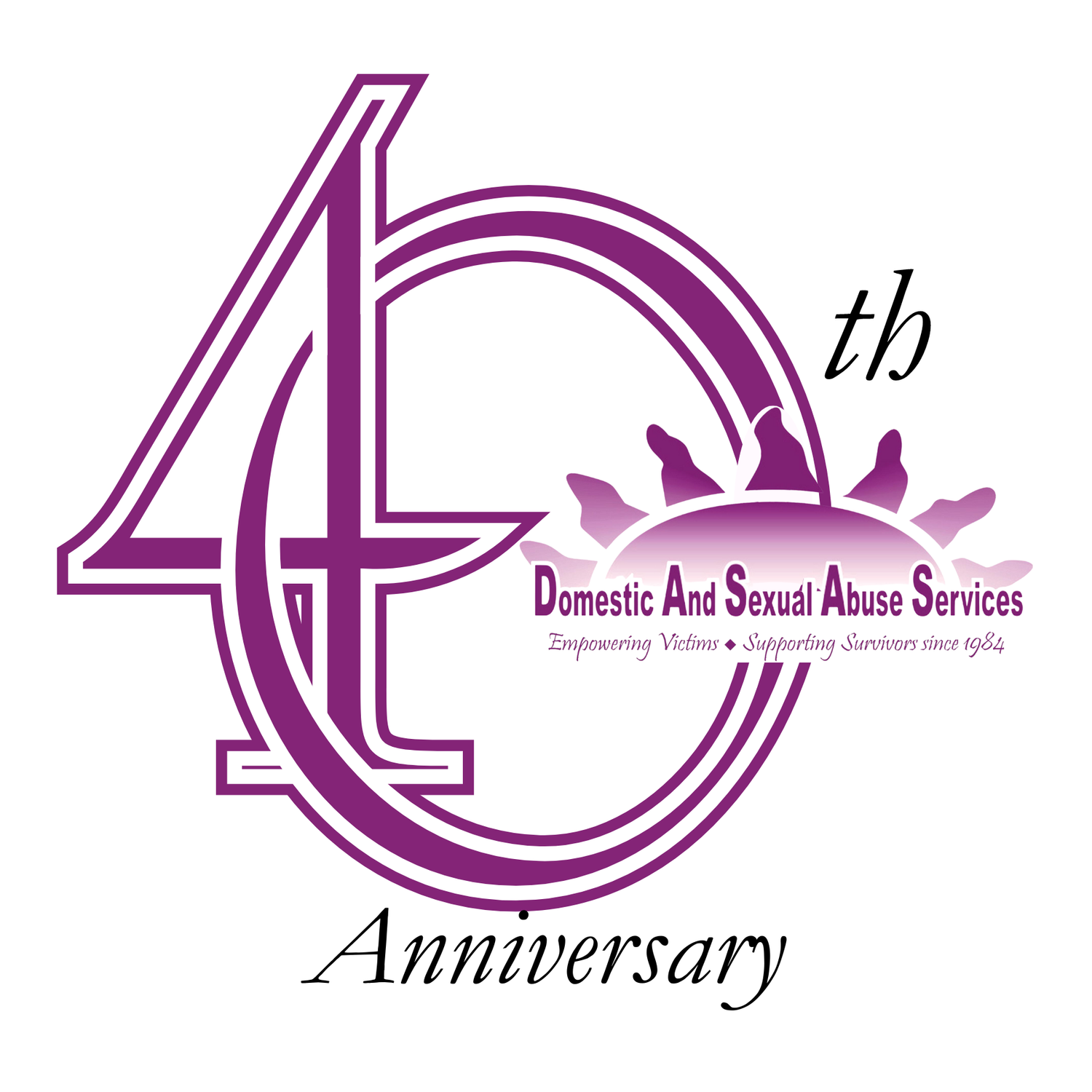
Healthy Relationships: A Youth Violence Prevention Program
DASAS offers a free youth violence prevention program in local schools
Prevention. Ending the Epidemic.
Teen Dating Violence and Abuse
It is during their teenage years – when they are no longer children, but not yet adults – that many young people begin to form their first romantic relationships. Yet without an understanding of healthy and unhealthy behaviors in dating relationships, teens are especially susceptible to becoming targets of dating violence and abuse.
Young adult dating violence is a big problem, affecting youth in every community across the nation. Learn the facts below.
Too Common
Nearly 1.5 million high school students nationwide experience physical abuse from a dating partner in a single year.
One in three adolescents in the U.S. is a victim of physical, sexual, emotional or verbal abuse from a dating partner, a figure that far exceeds rates of other types of youth violence.
One in 10 high school students has been purposefully hit, slapped or physically hurt by a boyfriend or girlfriend.
Why Focus on Young People?
Girls and young women between the ages of 16 and 24 experience the highest rate of intimate partner violence — almost triple the national average.
Among female victims of intimate partner violence, 94% of those age 16-19 and 70% of those age 20-24 were victimized by a current or former boyfriend or girlfriend.
Violent behavior typically begins between the ages of 12 and 18.
The severity of intimate partner violence is often greater in cases where the pattern of abuse was established in adolescence.
Don’t Forget About College Students
Nearly half (43%) of dating college women report experiencing violent and abusive dating behaviors.
College students are not equipped to deal with dating abuse – 57% say it is difficult to identify and 58% say they don’t know how to help someone who’s experiencing it.
One in three (36%) dating college students has given a dating partner their computer, online access, email or social network passwords, and these students are more likely to experience digital dating abuse.
One in six (16%) college women has been sexually abused in a dating relationship.
Long-Lasting Effects
Violent relationships in adolescence can have serious ramifications by putting the victims at higher risk for substance abuse, eating disorders, risky sexual behavior and further domestic violence.
Being physically or sexually abused makes teen girls six times more likely to become pregnant and twice as likely to get an STI.
Half of the youth who have been victims of both dating violence and rape attempt suicide, compared to 12.5% of non-abused girls and 5.4% of non-abused boys.
Lack of Awareness
Only 33% of teens who were in a violent relationship ever told anyone about the abuse.
Eighty-one (81) percent of parents believe teen dating violence is not an issue or admit they don’t know if it’s an issue.
Though 82% of parents feel confident that they could recognize the signs if their child was experiencing dating abuse, a majority of parents (58%) could not correctly identify all the warning signs of abuse.
Goals of Healthy Relationships
Increased Awareness of sexual assault and partner violence and how often it happens
Increased knowledge of the issues, especially in terms of definitions, myths, patterns, power and control, the law and resources
Developed compassion and empathy towards survivors
Students feel empowered to intercede for people around them and how to deal with violence, if encountered
Form understanding of a healthy relationship dynamic

